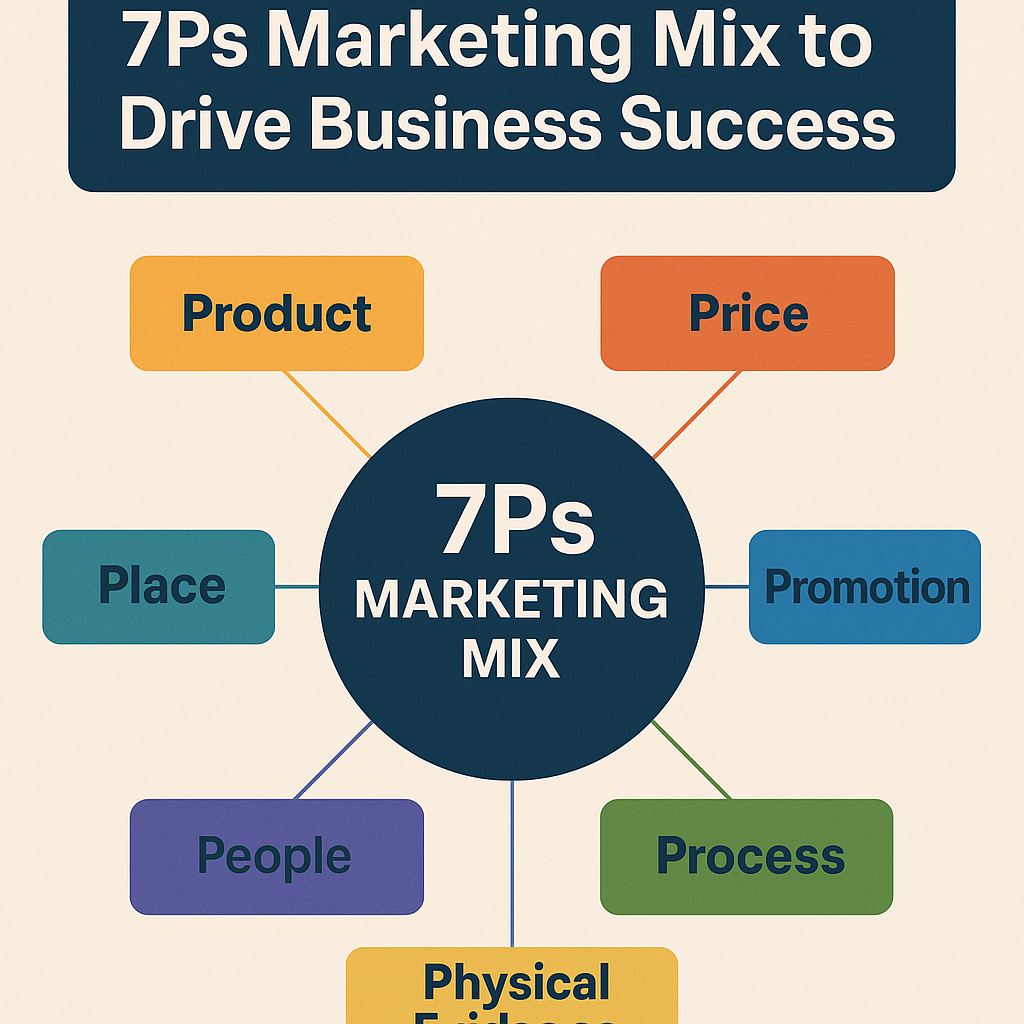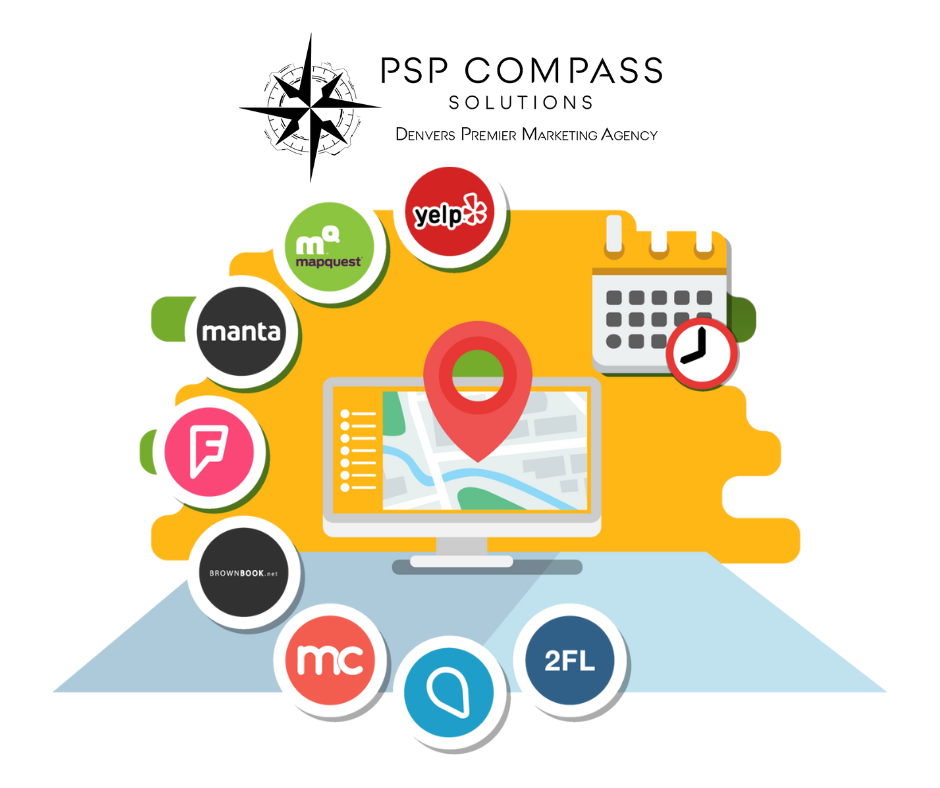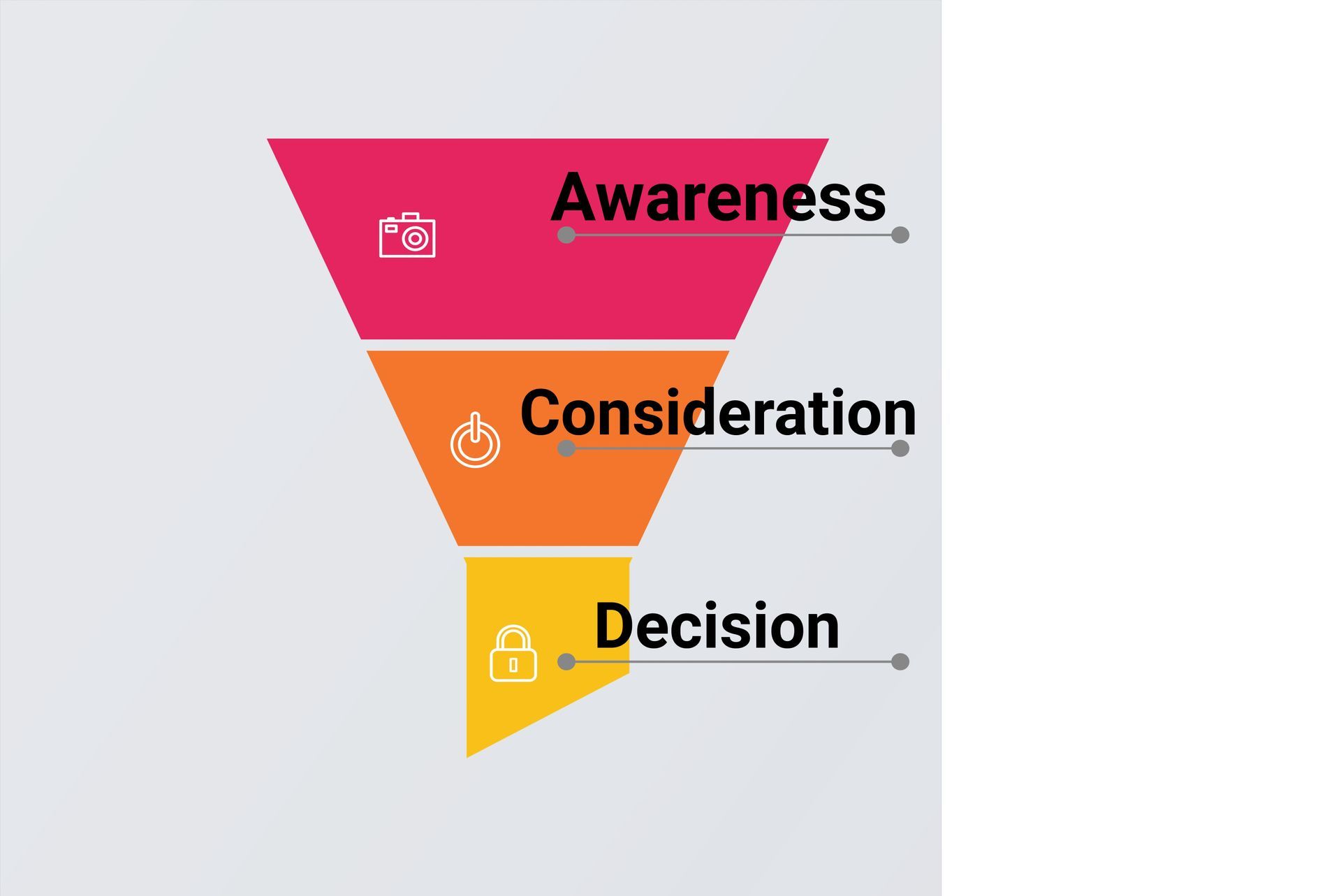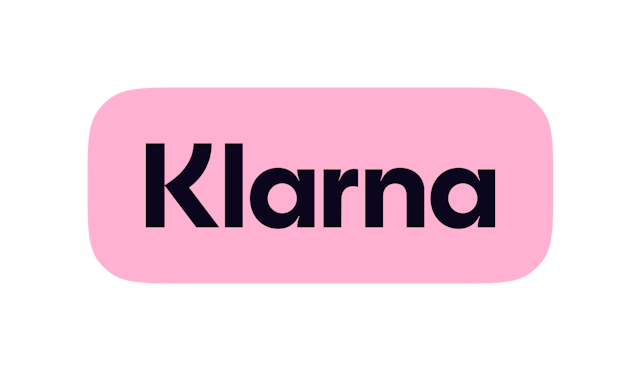Mastering the Hybrid Strategy: Integrating Organic and Paid Social Media for Maximum Impact

In the realm of social media marketing, the debate between the effectiveness of organic reach versus paid ads is ongoing. Each strategy offers significant value, but combining them can create a powerful marketing approach that maximizes both engagement and ROI. Here’s how to integrate organic and paid social media into a formidable hybrid strategy.
1. Start with a Solid Organic Base
Before you invest dollars, invest time in building a strong organic presence. This involves regularly posting engaging content that resonates with your audience. Organic content helps establish your brand’s voice and build genuine relationships with your followers. Use insights from these interactions to refine your approach and understand what captivates your audience.
Example: If a particular type of post sees high engagement organically, it’s a prime candidate for paid promotion.
2. Amplify Reach with Targeted Ads
Once you understand what works organically, use paid ads to amplify your best-performing posts. This strategy extends your reach beyond your existing followers and allows you to target specific demographics with precision.
Example: Use Facebook’s Lookalike Audiences to target users similar to your best customers, boosting posts that have already proven their organic worth.
3. Balance Timeliness and Longevity
Organic content is ideal for timely interactions and building community, while paid content can be optimized for conversion and extended reach. For example, use organic posts to engage users in real-time during events or product launches and deploy paid ads to continuously attract traffic to high-performing evergreen content.
Example: During a product launch, engage your audience organically with behind-the-scenes content and use paid ads to drive conversions to your landing page.
4. Leverage Retargeting to Re-engage
Paid social isn’t just about finding new eyes; it’s also about re-engaging those who’ve interacted with your organic content. Use retargeting campaigns to show ads to users who have engaged with your organic posts but haven’t yet converted.
Example: Retarget users who watched 75% of your organic video content with a special offer ad to pull them back into your conversion funnel.
5. Cross-Pollinate Content
What works on one platform organically might work on another with a bit of paid help. Cross-pollinate your content across different platforms using paid ads to maximize coverage and take advantage of platform-specific features.
Example: Promote a well-performing Instagram photo organically on Twitter using paid tweets, targeting similar demographics.
6. Optimize Budget Allocation
Use the insights gathered from both organic interactions and paid ad performances to smartly allocate your budget. Invest more in platforms and content types that offer the best return and use organic engagement as a low-cost testing ground for new ideas.
Example: If video content performs exceptionally well on organic Facebook posts, allocate more of your budget to promote video content.
7. Utilize User-Generated Content
Nothing bridges the gap between organic appeal and paid efficiency like user-generated content (UGC). Promote organic UGC in your paid campaigns to boost credibility and authenticity, as these posts typically see higher engagement and trust.
Example: Feature customer reviews or photo submissions organically and then turn these into paid ads to boost their visibility.
Additional Insights
A/B Testing: Regularly perform A/B testing on your paid campaigns to determine which content and targeting strategies yield the best results. This continuous testing helps refine your approach and improve overall effectiveness.
Analytics: Leverage analytics tools to track performance metrics for both organic and paid campaigns. Understanding key performance indicators (KPIs) such as engagement rate, conversion rate, and return on ad spend (ROAS) is crucial for optimizing your strategy.
Content Calendar: Maintain a content calendar that integrates both organic and paid posts. This ensures a cohesive strategy and helps in planning ahead for seasonal campaigns, product launches, and other key events.
Audience Segmentation: Use audience segmentation to tailor your messaging. Different segments of your audience may respond better to different types of content, so customize your approach to maximize engagement.
A hybrid social media strategy offers the best of both worlds, combining the authenticity of organic engagement with the precision and reach of paid ads. By understanding the strengths and opportunities of each approach, marketers can craft a cohesive strategy that drives both engagement and tangible results.
Remember, the key to a successful hybrid strategy is flexibility and continuous optimization based on performance analytics. If you're unsure where to start, consider consulting with a digital marketing expert to help tailor your approach.
Share this Blog Post on Social Media
